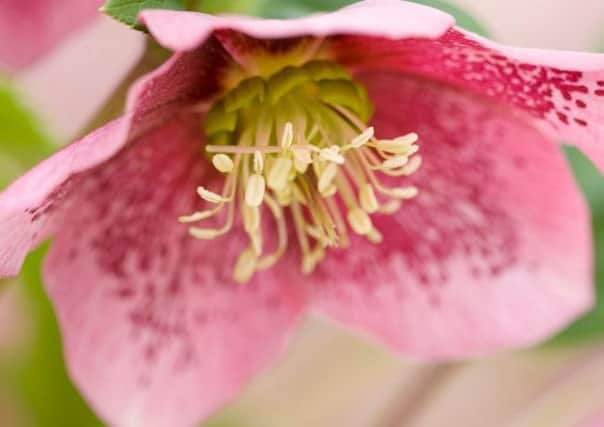Grdens: picture perfect


If you’ve not had much success taking good pictures of your plants, eminent flower and plant photographer Clive Nichols offers some useful pointers on how aspiring horticultural photographers can create pictures to frame proudly rather than instantly delete.
“If you’re shooting outdoors, give yourself the best possible chance of success and select somewhere photogenic. The garden of a National Trust or English Heritage property would be a good place to start, or alternatively a well-maintained public or privately-owned garden,” says Nichols, who runs online courses on the subject.
Advertisement
Hide AdAdvertisement
Hide Ad“Of course, if you’re lucky enough to have a wonderful garden of your own, start there.”
The National Gardens Scheme (www.ngs.org.uk) has thousands of gardens that open nationwide to the public in all seasons, so check on your nearest open garden and go and visit - chat to the owners and they may well allow you to take some photographs.
Take note of the weather, he advises.
“Unless you want shots with subject movement, you should ideally shoot on a day when there’s little wind. I use sites like BBC Weather to check on wind speeds and when they drop below 5mph that triggers me to go out and take pictures.”
One of the major mistakes that amateurs make when photographing plants and gardens is to shoot in bright sunlight.
Advertisement
Hide AdAdvertisement
Hide Ad“Although your brain is saying ‘Wow, this garden looks amazing’, your pictures will probably be disappointing because of dark inky shadows and bright, burnt-out highlights.
“Put simply, your pictures will probably be too contrasty. Shooting on overcast days with a bit of sunshine pushing through the clouds will undoubtedly yield better results as the soft, diffused light allows you to capture the subtle colour and texture of flowers and plants.
“Choosing the right time of day is also important. You can get good shots in the middle of the day, but I prefer to shoot with early morning or late afternoon light, when the sunlight is raking across gardens, throwing shadows which add three-dimensionality and depth to your photos.
“I like to shoot towards the sun when it’s low in the sky, so your subject is lit from behind, which adds beauty and sparkle to flowers and foliage.”
Advertisement
Hide AdAdvertisement
Hide AdFor garden scenes, look for interesting features such as statues, topiary, fountains or sundials and shoot along pathways to lead the viewers’ eyes into the photo, Nichols advises.
“If the sky is dull and white then don’t include too much of it - use a zoom lens so that the sky is cropped out. If the sky has dramatic clouds, then use a wide angle lens to show a wider view with more of the sky included.
“Combinations of colourful flowers in borders can be very photogenic, so again using a zoom lens to fill the frame with flowers works well. Keep your composition simple and don’t include anything that doesn’t contribute to your composition.
“Things like plant labels or part of an ugly fence in the background can spoil a good picture. If you’re shooting close-ups outdoors, select a specimen that’s in good condition and isolate it against a plain, distraction-free background.
Advertisement
Hide AdAdvertisement
Hide Ad“You can of course create wonderful flower images by buying some attractive specimens from your local florist and photographing them indoors. I personally like to shoot them simply, using natural daylight from a nearby window. If one side of the subject is too dark, you can reflect light back onto it using a piece of white card.”
You don’t need a camera bag full of expensive equipment to shoot good horticultural photographs, he continues.
“It’s best to keep things simple for wider garden scenes and take just one or two lenses - ideally a zoom and a wide-angle. If you want to get in really close to your subjects and fill the frame with a small part of a flower or plant, a macro lens is the answer.
“Using a sturdy tripod may not be everyone’s cup of tea, but it certainly makes for sharper pictures. If you are hand holding shots then try and use a fast shutter speed - say 1/250th second - to freeze the movement of flowers blowing in the wind.”
Advertisement
Hide AdAdvertisement
Hide AdMost gardens look at their most colourful, vibrant best in spring and summer, but Nichols takes as many pictures in autumn and winter. Frost, snow and autumnal mists and fog add extra drama to your garden and plant photographs, so get up early to take some amazing photographs - ones that you will be proud to show to family and friends.